
Samana: The Hidden Gem of the Dominican Republic
Discover Samana: A serene escape in the Dominican Republic, known for its pristine beaches, lush rainforests, and vibrant local culture. A perfect blend of adventure and relaxation.
Nestled on the northeast coast of the Dominican Republic, Samana is a tranquil paradise waiting to be discovered. This charming city offers a unique mix of natural beauty, rich history, and vibrant culture. Picture secluded beaches with powdery white sand, lush tropical rainforests, and crystal-clear waters teeming with marine life. Samana is a destination that promises an unforgettable escape from the hustle and bustle of everyday life. One of Samana's most enchanting attractions is Los Haitises National Park. This natural sanctuary boasts a stunning landscape of limestone karsts, mangrove forests, and hidden caves adorned with ancient Taino petroglyphs. A boat tour through the park is a must-do, offering visitors a chance to witness the region's diverse flora and fauna up close. In addition to its natural wonders, Samana is also known for its warm and welcoming locals. The town of Santa Bárbara de Samaná is the perfect place to experience local culture and hospitality. Stroll through its vibrant streets, sample delicious Dominican cuisine, and immerse yourself in the lively atmosphere of its bustling markets. Samana is also a prime spot for whale watching. Between January and March, thousands of humpback whales migrate to the waters off the coast to breed and give birth. This awe-inspiring spectacle is a once-in-a-lifetime experience that draws visitors from around the world. Whether you're seeking adventure, relaxation, or a bit of both, Samana has something for everyone. From its pristine beaches and lush landscapes to its rich cultural heritage, this hidden gem offers an idyllic getaway that will leave you longing to return.
Local tips in Samana
- Visit between January and March for the best whale-watching experience.
- Explore Los Haitises National Park by boat for a unique view of its natural beauty.
- Try the local dish 'La Bandera' for an authentic taste of Dominican cuisine.
- Rent a scooter to explore the town and nearby beaches at your own pace.
- Don't miss El Limón Waterfall; it's a short hike but well worth the effort.
Samana: The Hidden Gem of the Dominican Republic
Nestled on the northeast coast of the Dominican Republic, Samana is a tranquil paradise waiting to be discovered. This charming city offers a unique mix of natural beauty, rich history, and vibrant culture. Picture secluded beaches with powdery white sand, lush tropical rainforests, and crystal-clear waters teeming with marine life. Samana is a destination that promises an unforgettable escape from the hustle and bustle of everyday life. One of Samana's most enchanting attractions is Los Haitises National Park. This natural sanctuary boasts a stunning landscape of limestone karsts, mangrove forests, and hidden caves adorned with ancient Taino petroglyphs. A boat tour through the park is a must-do, offering visitors a chance to witness the region's diverse flora and fauna up close. In addition to its natural wonders, Samana is also known for its warm and welcoming locals. The town of Santa Bárbara de Samaná is the perfect place to experience local culture and hospitality. Stroll through its vibrant streets, sample delicious Dominican cuisine, and immerse yourself in the lively atmosphere of its bustling markets. Samana is also a prime spot for whale watching. Between January and March, thousands of humpback whales migrate to the waters off the coast to breed and give birth. This awe-inspiring spectacle is a once-in-a-lifetime experience that draws visitors from around the world. Whether you're seeking adventure, relaxation, or a bit of both, Samana has something for everyone. From its pristine beaches and lush landscapes to its rich cultural heritage, this hidden gem offers an idyllic getaway that will leave you longing to return.
When is the best time to go to Samana?
Iconic landmarks you can’t miss
Samaná Boardwalk
Explore the scenic Samaná Boardwalk, a vibrant waterfront destination with stunning views, local cuisine, and a lively atmosphere perfect for all travelers.
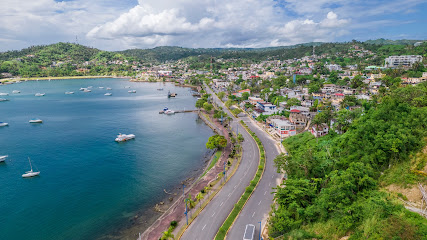
Bahia Principe Grand Cayacoa
Experience luxury and natural beauty at Bahia Principe Grand Cayacoa, a premier resort hotel in the heart of Samaná, Dominican Republic.
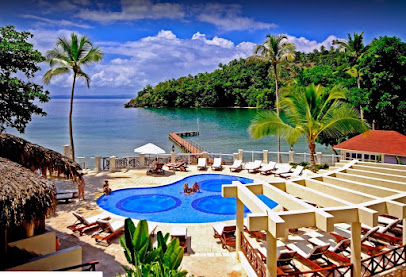
Playa Cayo Levantado
Experience the idyllic Playa Cayo Levantado, a tropical paradise in Samana Bay, known for its pristine beaches and vibrant marine life.
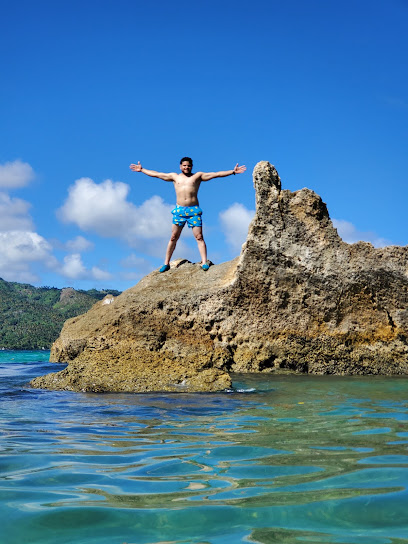
Bahia Principe Grand Samana
Experience luxury and adventure at Bahia Principe Grand Samana, a stunning resort hotel in the heart of the Dominican Republic.

Pueblo Principe
Explore Pueblo Principe, the ultimate shopping destination in Samana, Dominican Republic, where local culture meets diverse retail and dining experiences.

Bahía de Las Galeras
Experience the tranquil beauty of Bahía de Las Galeras, a hidden gem in the Dominican Republic featuring pristine beaches and stunning natural scenery.
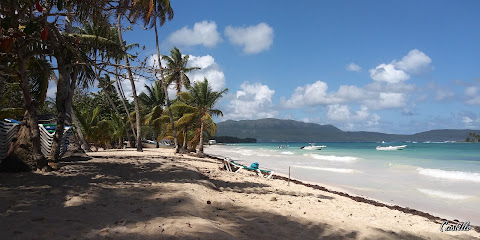
Tierra y Mar
Experience the vibrant fusion of Italian and seafood cuisine at Tierra y Mar, a delightful restaurant in the heart of Samana, Dominican Republic.
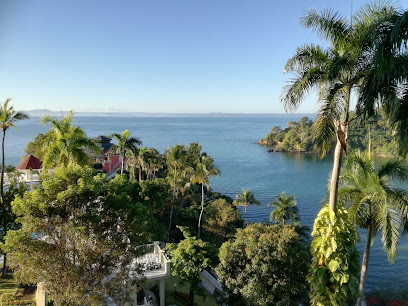
Whale Samana by Kim Beddall
Experience the thrill of humpback whale watching in Samaná - a breathtaking natural spectacle in the heart of the Caribbean.
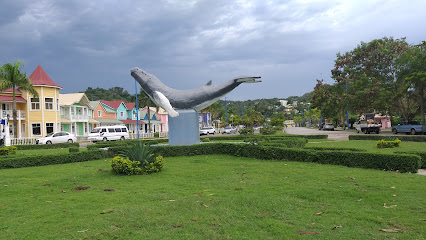
Samaná Bridge
Discover the stunning Samaná Bridge, a breathtaking architectural masterpiece with panoramic views of the lush Samaná Bay and surrounding landscapes.
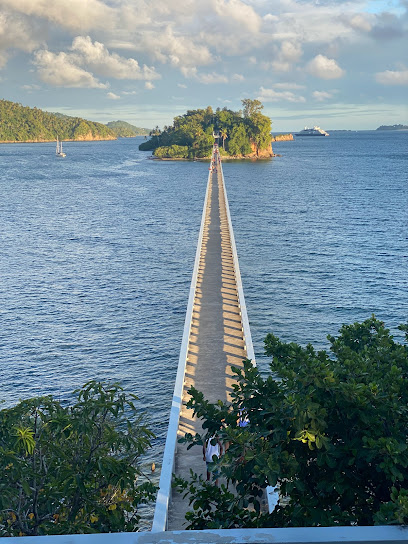
Simi Baez Embarcadero - Cayo Levantado Resort
Discover the serene beauty of Simi Baez Embarcadero - Cayo Levantado Resort, where luxury meets nature in the heart of the Dominican Republic.
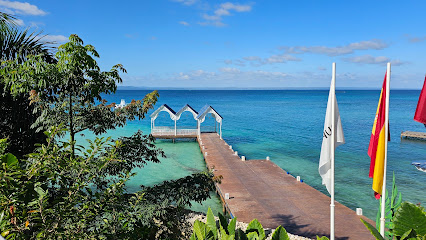
La Boca Del Diablo
Experience the breathtaking natural spectacle of La Boca Del Diablo in Las Galeras, where the ocean meets dramatic cliffs in a stunning display.
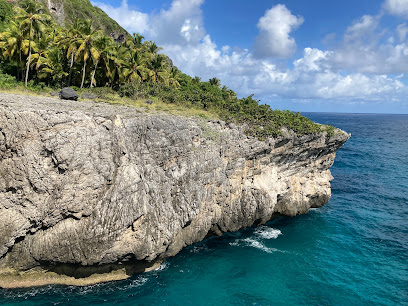
Playa Cayacoa - Playa Pública
Explore the breathtaking Playa Cayacoa, a stunning public beach in Samaná, known for its soft sands, turquoise waters, and vibrant atmosphere.

Playa Las Galeras, Samana
Discover the unspoiled beauty of Playa Las Galeras, a tropical paradise in the Dominican Republic perfect for relaxation and adventure.
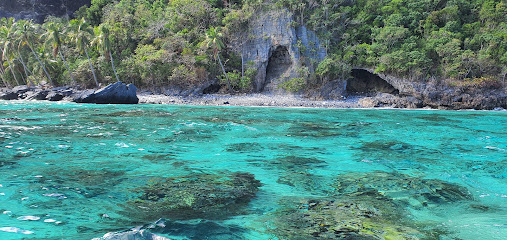
Taberna Mediterranea Spanish Tavern & Restaurant
Discover the authentic taste of the Mediterranean at Taberna Mediterranea, a Spanish tavern in Samana renowned for its delectable tapas and inviting atmosphere.
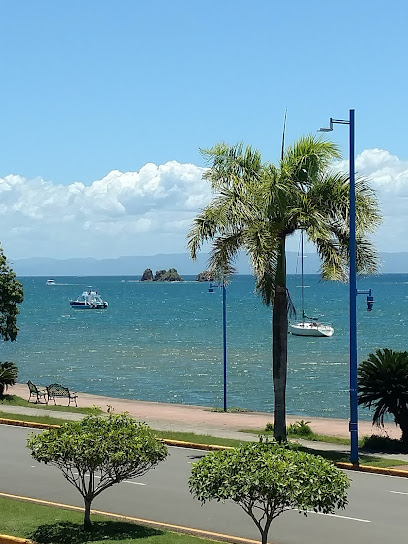
Samaná Zipline, El Valle
Unleash your inner adventurer at Samaná Zipline, where exhilarating rides through lush canopies await in the stunning El Valle.
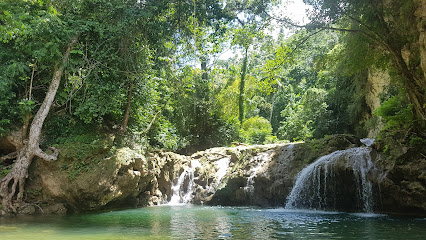
Unmissable attractions to see
Playa Cayo Levantado
Experience the breathtaking beauty of Playa Cayo Levantado, a tropical beach haven in the heart of Samaná Bay, Dominican Republic.
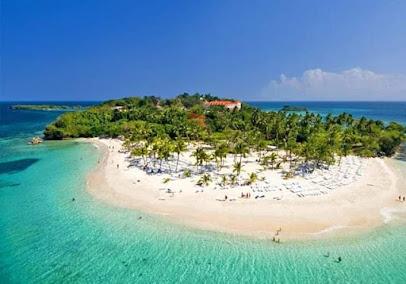
Javo Beach La Playita
Discover the serene beauty of Javo Beach La Playita, a tropical paradise in Las Galeras perfect for relaxation, adventure, and local flavors.
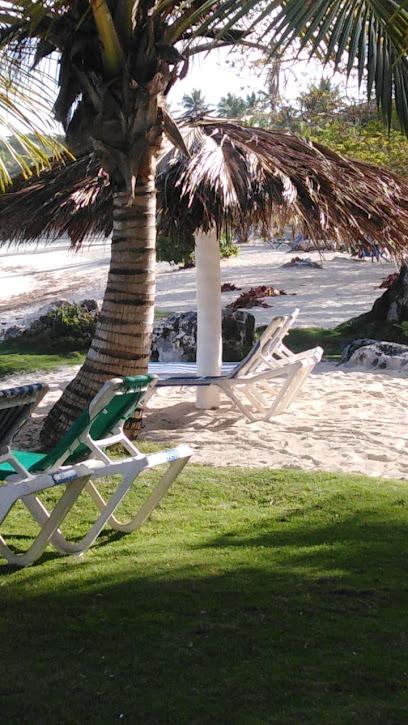
Playa Las Ballenas
Discover the pristine beauty of Playa Las Ballenas, a tropical paradise in Las Terrenas, perfect for sunbathing, swimming, and savoring local delights.
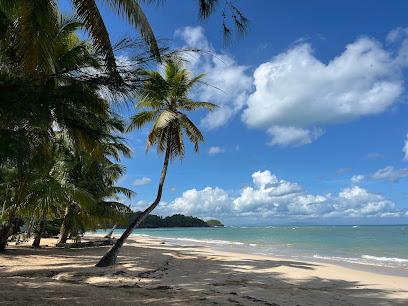
Los Haitises National Park
Experience the breathtaking beauty of Los Haitises National Park with its lush landscapes, diverse wildlife, and adventure-filled activities in the heart of the Dominican Republic.
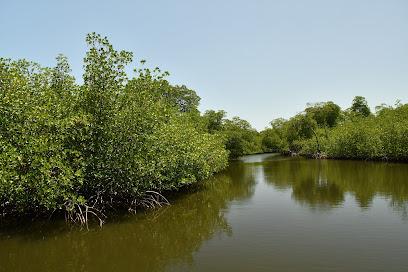
Playa Rincon
Experience the pristine beauty of Playa Rincon, a serene beach paradise in the Dominican Republic's Samana Peninsula, perfect for relaxation and adventure.
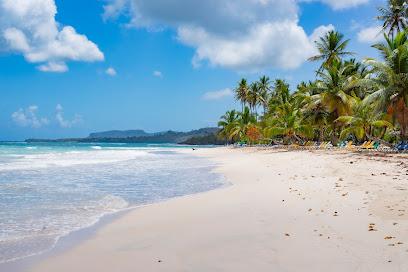
Cayo Levantado
Explore Cayo Levantado, a tropical paradise in the Dominican Republic with white sandy beaches, lush landscapes, and vibrant marine life.
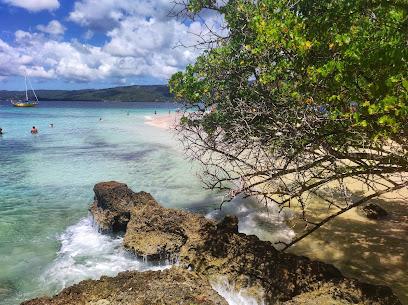
Bahía de Las Galeras
Experience the breathtaking shores of Bahía de Las Galeras, where crystal-clear waters meet lush landscapes in the heart of the Dominican Republic.
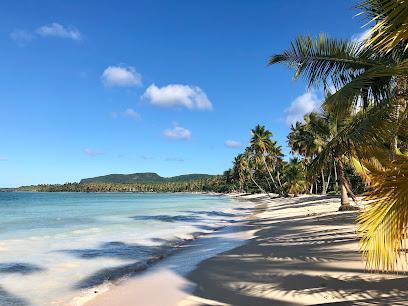
Cascada Limón
Experience the beauty of Cascada Limón, a stunning waterfall in the Dominican Republic, perfect for adventure lovers and nature enthusiasts.

Cascada Salto Alto
Explore the stunning Cascada Salto Alto, a hidden waterfall paradise in the Dominican Republic, perfect for swimming and nature lovers.
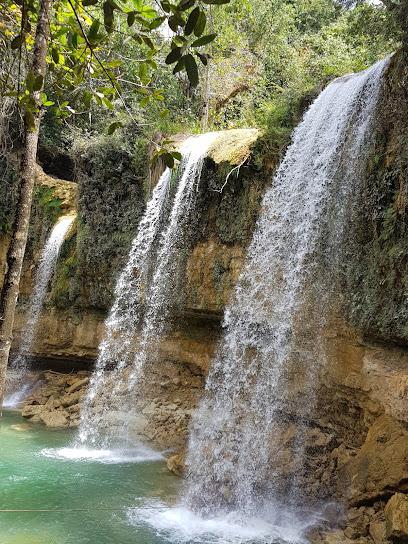
Playa Fronton
Experience the unspoiled beauty of Playa Fronton, a serene beach in the Dominican Republic surrounded by stunning cliffs and crystal-clear waters.
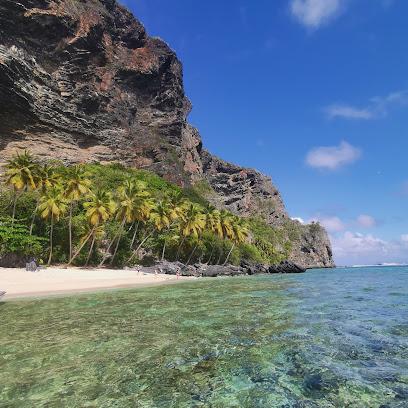
Playa El Valle
Experience the serene beauty of Playa El Valle, a hidden beach gem in the Dominican Republic, perfect for relaxation, adventure, and unforgettable sunsets.
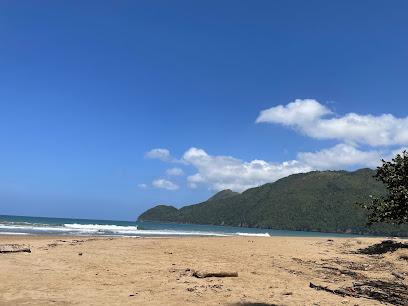
La Boca Del Diablo
Experience the breathtaking cliffs and captivating views of La Boca Del Diablo, a natural wonder in Las Galeras, Dominican Republic.
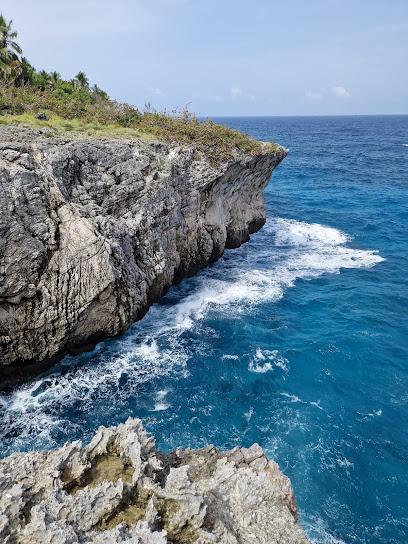
Playa Costa Esmeralda
Discover Playa Costa Esmeralda: A pristine beach in Miches, Dominican Republic, perfect for relaxation and thrilling water adventures.
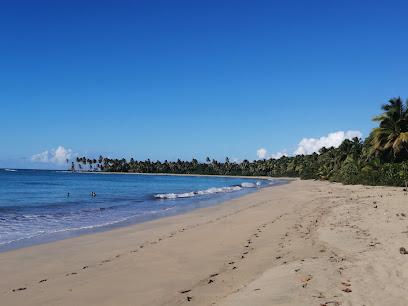
Samaná Zipline, El Valle
Discover the thrill of Samaná Zipline in El Valle - an exhilarating adventure amid stunning tropical scenery.
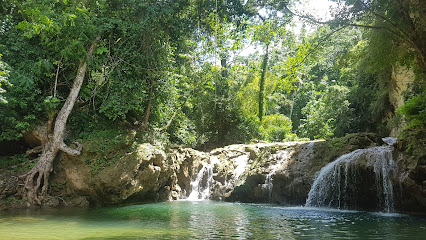
Playa Ermitaño
Discover the tranquil beauty of Playa Ermitaño, a stunning public beach in the Dominican Republic, perfect for relaxation and unforgettable memories.
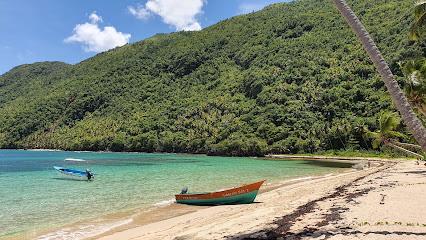
Essential places to dine
La Rumba de Samana
Experience authentic Dominican flavors at La Rumba de Samana—where vibrant cuisine meets stunning coastal views.
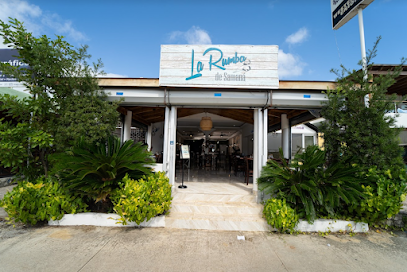
SANTA BAHÍA KITCHEN & BAR
Discover the vibrant culinary scene at Santa Bahía Kitchen & Bar in Samaná – where local flavors meet international flair.
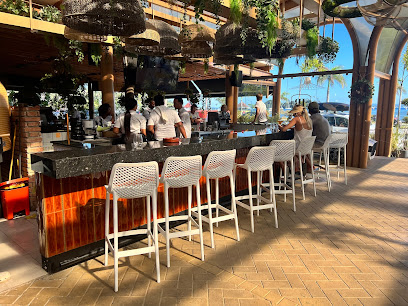
Tierra y Mar
Experience authentic Italian and fresh seafood delights at Tierra y Mar in Samaná - where every bite tells a story.
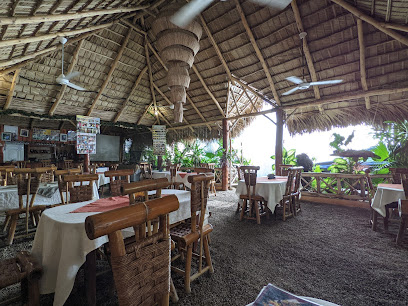
Taberna Mediterranea Spanish Tavern & Restaurant
Savor authentic Spanish cuisine at Taberna Mediterranea in Samaná - a true taste of the Mediterranean with stunning views.
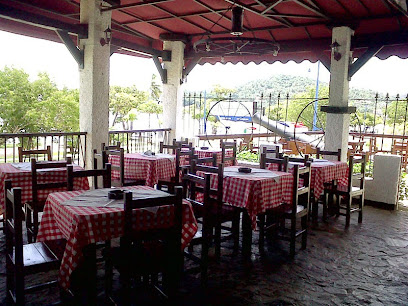
Cafe Italia - Restaurant & Bar by waterfront Samana
Experience authentic Italian flavors at Café Italia by the waterfront in Samana - where great food meets stunning ocean views.

Royal Snack Bar & Restaurant
Experience authentic Caribbean flavors at Royal Snack Bar & Restaurant in Samaná – a culinary gem serving delightful local cuisine.
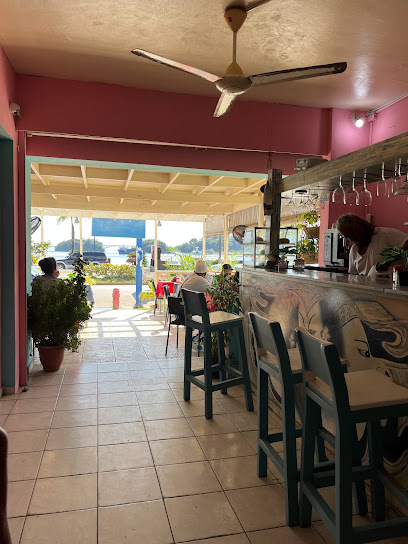
Bar Restaurante Ballena Blanca - Malecon Samana
Experience exquisite grilled specialties and fresh seafood at Bar Restaurante Ballena Blanca in scenic Samana – a true taste of Dominican culinary culture.
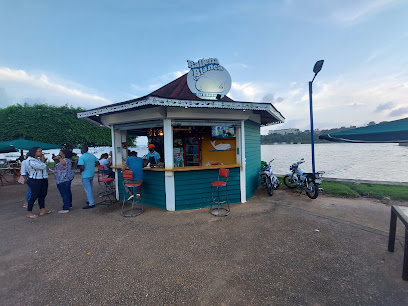
D' Milagros Sazón
Experience the vibrant flavors of Dominican cuisine at D' Milagros Sazón in Samana – a culinary delight for every traveler.
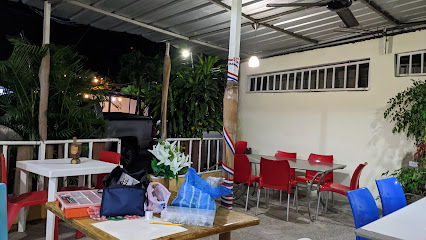
LA HACIENDA GRILL - BAR
Experience authentic Caribbean cuisine at La Hacienda Grill - Bar in Samaná—where vibrant flavors meet warm hospitality.
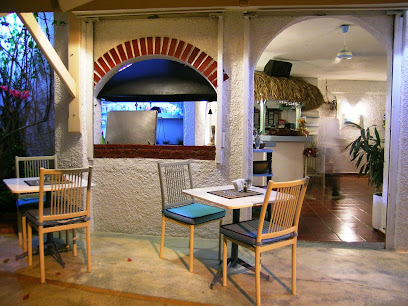
Glamour Restaurant Snack Bar
Experience authentic Dominican flavors at Glamour Restaurant Snack Bar in Samana - a must-visit culinary gem for every traveler.
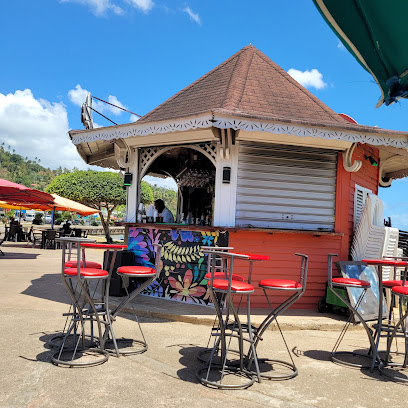
Yiya Restaurant
Discover Yiya Restaurant in Samaná - where authentic Dominican flavors meet warm hospitality in a charming atmosphere.
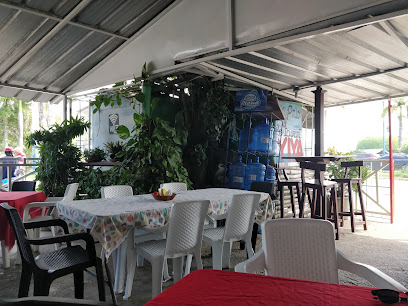
Pizzería Restaurante Blue Bahia
Experience authentic pizza at Pizzería Restaurante Blue Bahia in Samana - where every bite transports you to culinary bliss amidst beautiful surroundings.
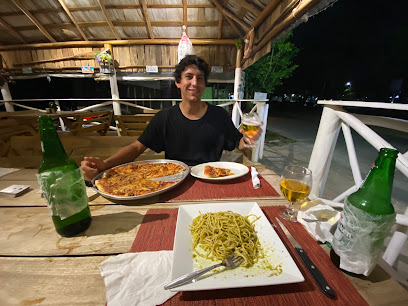
Bamboula | Restaurante Samaná
Discover exquisite dining at Bamboula | Restaurante Samaná - where local flavors meet international cuisine in a vibrant setting.
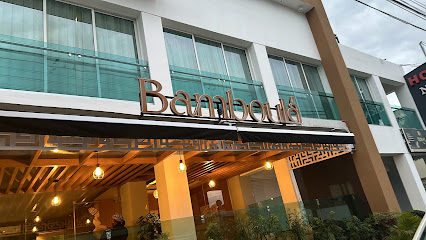
La vela de oro
Experience authentic Dominican cuisine at La Vela de Oro, where every dish is crafted with fresh local ingredients amidst breathtaking views.
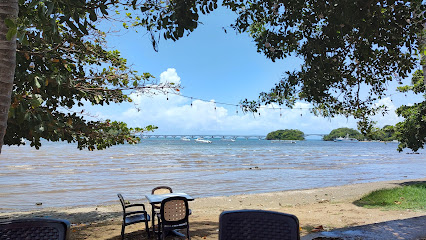
Bahia Burgers
Experience mouthwatering gourmet burgers in the heart of Samana, Dominican Republic at Bahia Burgers – where flavor meets hospitality.
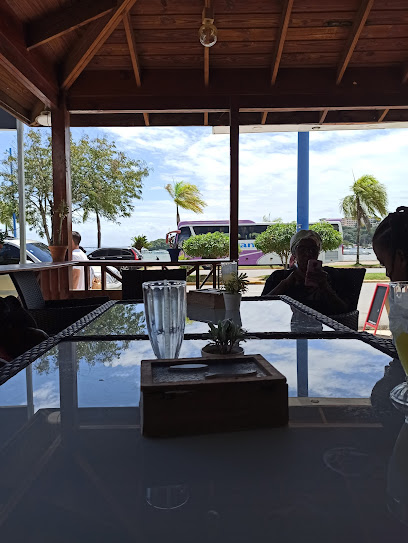
Markets, malls and hidden boutiques
Pueblo Principe
Discover the essence of Samana at Pueblo Principe, a shopping mall that blends local culture with a diverse shopping experience.
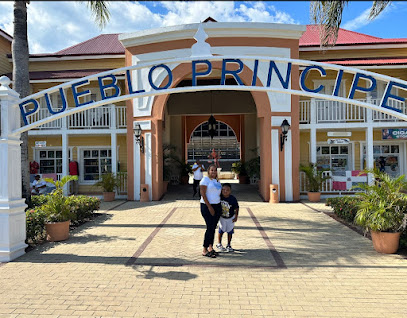
Puerto Plaza Hotel & Shops
Explore Puerto Plaza Hotel & Shops for a unique shopping and dining experience in the heart of Las Terrenas, with stunning ocean views and local charm.
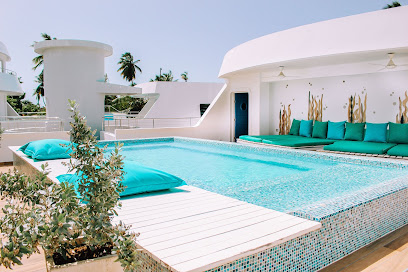
Bodega y Surtidora Samaná
Explore local flavors and essential goods at Bodega y Surtidora Samaná, the premier supermarket and shopping destination in Samaná, Dominican Republic.
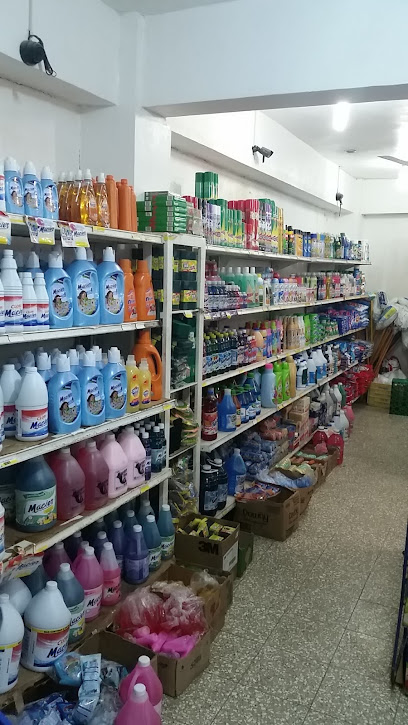
Supermercado K-mil
Discover the flavors of the Dominican Republic at Supermercado K-mil, Samaná's vibrant supermarket for local and international products.
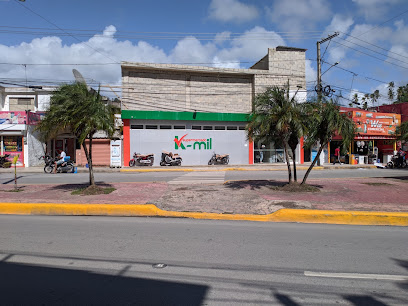
Paseo de la Costanera
Experience the vibrant shopping and dining at Paseo de la Costanera in Las Terrenas, a must-visit destination for tourists seeking local culture and coastal charm.

Samana
Explore the tropical paradise of Samana, where stunning beaches, rich culture, and exhilarating adventures await every traveler.
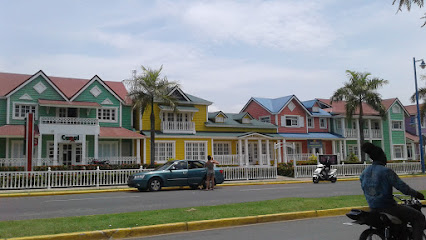
Samaná
Discover Samaná: A Historical Landmark with Breathtaking Views and Rich Cultural Heritage.
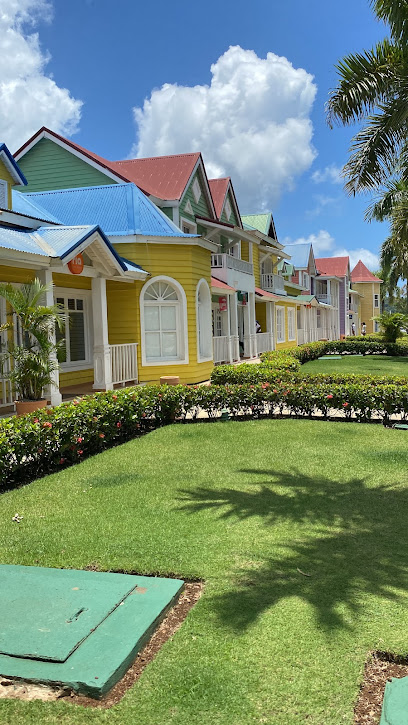
Nativ Arte Gift Shop
Discover the vibrant local crafts and unique gifts at Nativ Arte Gift Shop in Las Terrenas, a treasure trove of Dominican artistry.
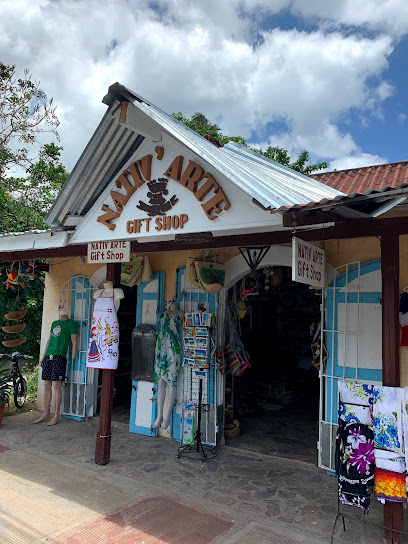
GENESIS BANDEJAS PERSONALIZADAS Y ALGO MAS
Discover local flavors and personalized service at Genesis Bandejas Personalizadas in Samana, your go-to grocery destination.
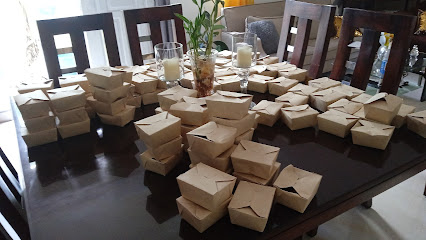
YSAPAU PAPELERÍA & VARIEDADES SRL
Explore YSAPAU Papelera & Variedades SRL in Samaná for a unique selection of stationery and craft supplies that inspire creativity.
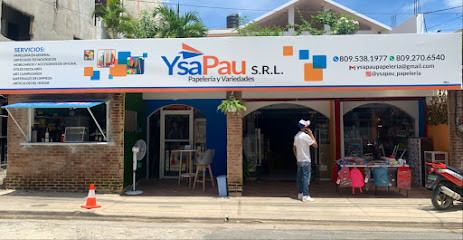
Comercializadora Espinal
Discover the essence of Samaná at Comercializadora Espinal, your local grocery store offering fresh produce and unique Dominican delicacies.
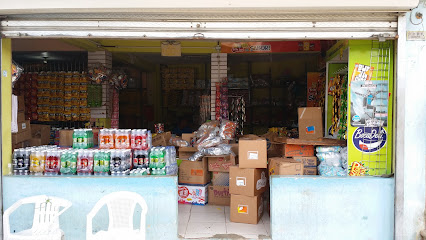
H&R Electromuebles Samana
Explore H&R Electromuebles Samana for unique furniture, electronics, and linens that embody the spirit of the Dominican Republic.
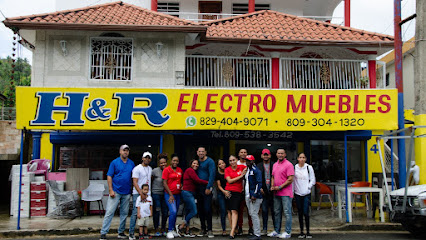
Imoviltech
Explore Imoviltech in Samaná – a charming general store packed with local goods and warm hospitality, perfect for every traveler’s needs.
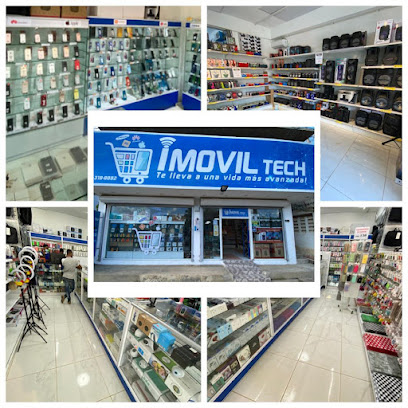
Super Tienda China
Explore vibrant fashion at Super Tienda China, a local clothing store in Samaná known for its stylish apparel and affordability.
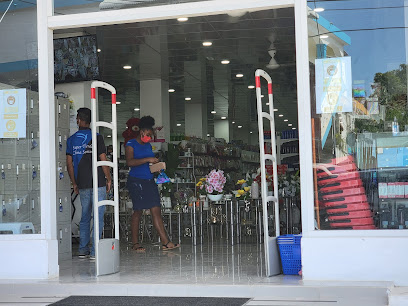
Koro import Samana
Discover the vibrant fashion landscape at Koro Import Samana, where local styles meet international flair for an unforgettable shopping experience.
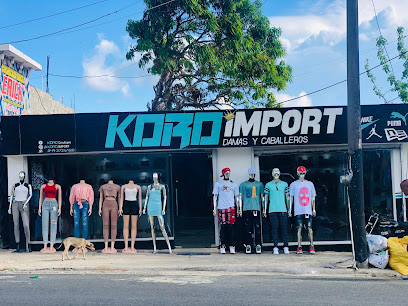
Essential bars & hidden hideouts
SANTA BAHÍA KITCHEN & BAR
Discover the vibrant flavors and warm hospitality at Santa Bahía Kitchen & Bar in Samaná, your culinary oasis for local and international delights.
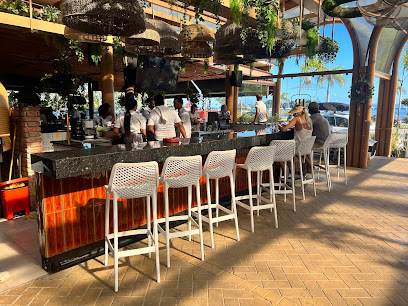
Tierra y Mar
Discover the culinary delights of Tierra y Mar, a seafood and Italian restaurant offering a unique taste of Samana's vibrant flavors.
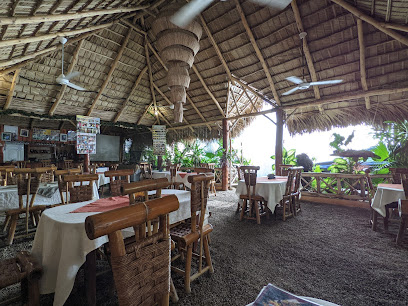
La Rumba de Samana
Discover the rich flavors and vibrant atmosphere of La Rumba de Samana, a culinary gem in the heart of Samaná, Dominican Republic.
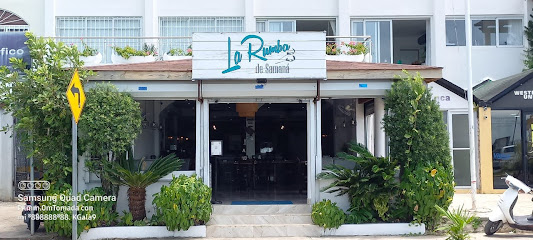
Taberna Mediterranea Spanish Tavern & Restaurant
Experience the essence of Mediterranean cuisine at Taberna Mediterranea, where every dish tells a story of flavor and tradition.
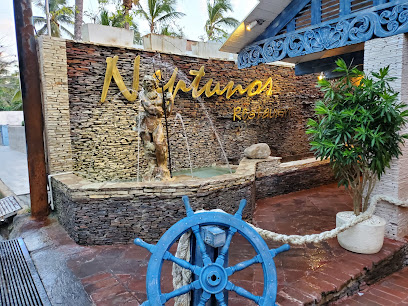
Cafe Italia - Restaurant & Bar by waterfront Samana
Experience the perfect blend of Italian flavors and Caribbean charm at Cafe Italia, a waterfront gem in Samana, Dominican Republic.
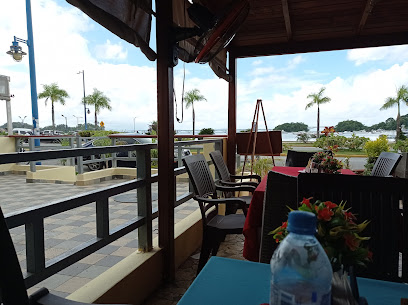
Royal Snack Bar & Restaurant
Experience the culinary delights of Samaná at Royal Snack Bar & Restaurant, where local flavors meet warm hospitality.
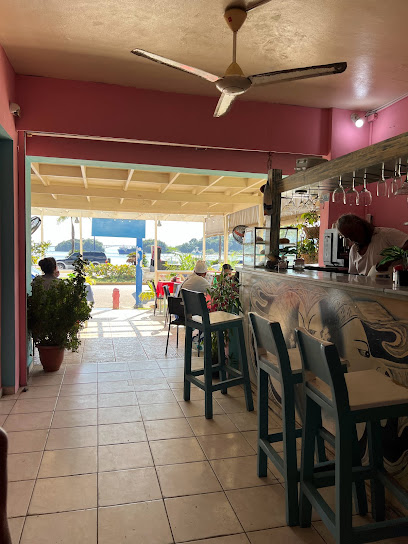
Bar Restaurante Ballena Blanca - Malecon Samana
Discover the flavors of the Dominican Republic at Bar Restaurante Ballena Blanca, a seafood grill by the enchanting Malecon Samana waterfront.
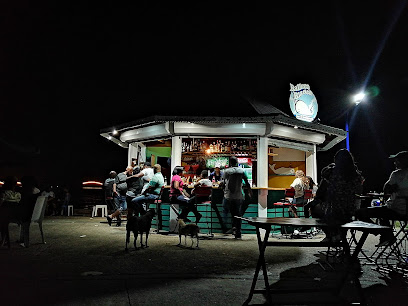
LA HACIENDA GRILL - BAR
Immerse yourself in the vibrant Caribbean flavors at La Hacienda Grill - Bar in Samaná, an unmissable dining experience for every traveler.
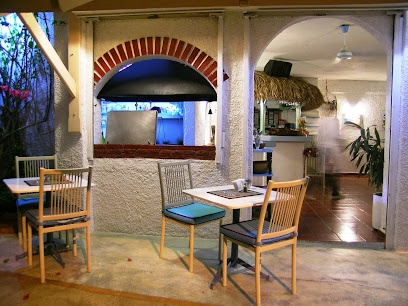
Glamour Restaurant Snack Bar
Experience the vibrant flavors of the Dominican Republic at Glamour Restaurant Snack Bar in Samana, a culinary delight for every tourist.
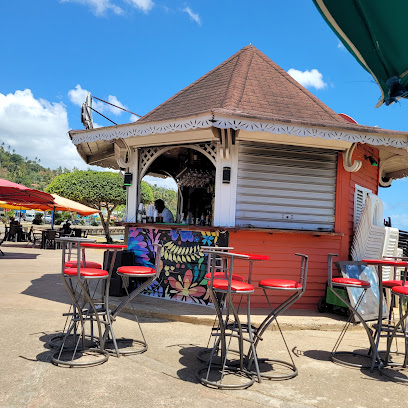
NAOMI Nightclub - Plaza Pueblo Principe
Discover the electrifying nightlife at NAOMI Nightclub in Samaná, where music, dancing, and vibrant energy create unforgettable experiences.
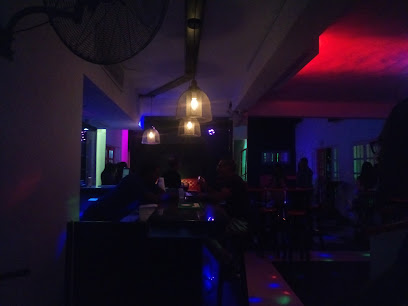
Alta Gama Drinks
Experience the vibrant nightlife of Samaná at Alta Gama Drinks, where refreshing cocktails meet a lively atmosphere for an unforgettable evening.
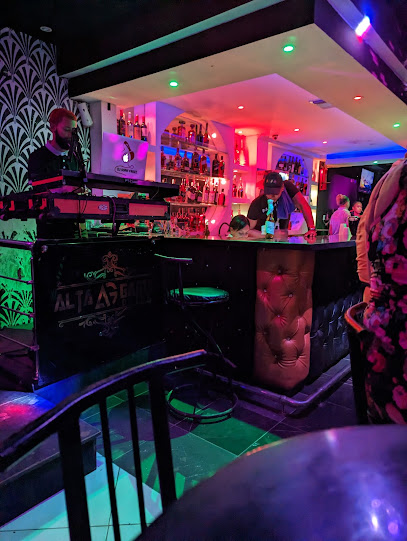
Antorcha Restaurant & Bar
Experience the vibrant flavors of the Caribbean at Antorcha Restaurant & Bar in Samaná, where every meal is a celebration of taste and culture.
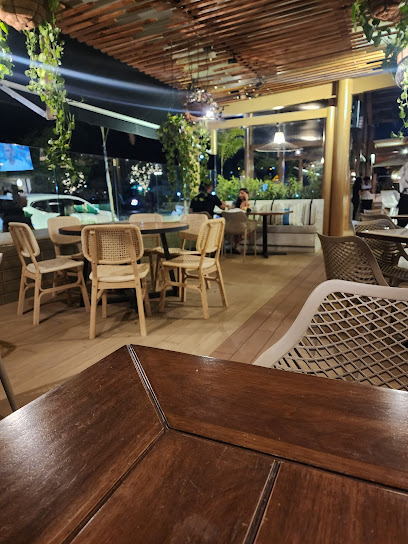
pucho palma bar
Experience the vibrant nightlife of Samana at Pucho Palma Bar, where refreshing cocktails and local culture come together for an unforgettable evening.
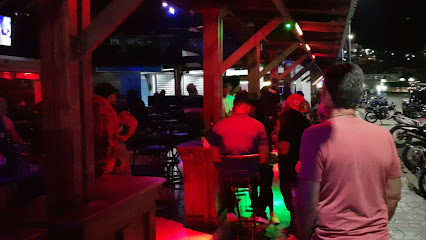
Blue Moon Samaná
Discover the vibrant nightlife at Blue Moon Samaná, where tropical drinks and a lively atmosphere await in the heart of the Dominican Republic.
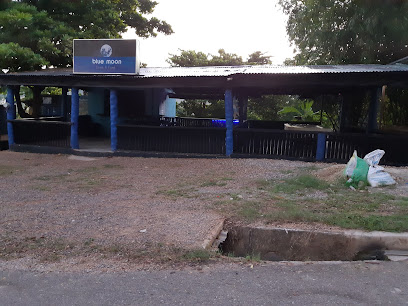
Paragua Bar & Lounge
Discover the vibrant nightlife of Samaná at Paragua Bar & Lounge, featuring karaoke, delicious drinks, and an upbeat atmosphere.
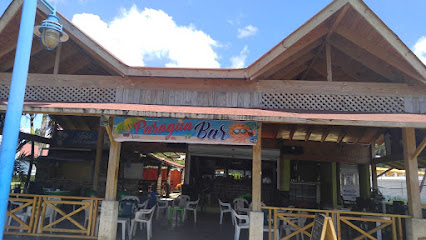
Local Phrases
-
- HelloHola
[oh-lah] - GoodbyeAdiós
[ah-dee-ohs] - YesSí
[see] - NoNo
[noh] - Please/You're welcomePor favor/De nada
[por fah-vor/deh nah-dah] - Thank youGracias
[grah-see-ahs] - Excuse me/SorryPerdón/Lo siento
[pair-dohn/loh see-ehn-toh] - How are you?¿Cómo estás?
[koh-moh ehs-tahs] - Fine. And you?Bien. ¿Y tú?
[bee-ehn. ee too] - Do you speak English?¿Hablas inglés?
[ah-blahs een-glays] - I don't understandNo entiendo
[noh ehn-tyen-doh]
- HelloHola
-
- I'd like to see the menu, pleaseMe gustaría ver el menú, por favor
[meh goos-tah-ree-ah vehr ehl meh-noo, por fah-vor] - I don't eat meatNo como carne
[noh koh-moh kahr-neh] - Cheers!¡Salud!
[sah-lood] - I would like to pay, pleaseMe gustaría pagar, por favor
[meh goos-tah-ree-ah pah-gar, por fah-vor]
- I'd like to see the menu, pleaseMe gustaría ver el menú, por favor
-
- Help!¡Ayuda!
[ah-yoo-dah] - Go away!¡Vete!
[veh-teh] - Call the Police!¡Llama a la Policía!
[yah-mah ah lah poh-lee-see-ah] - Call a doctor!¡Llama a un médico!
[yah-mah ah oon meh-dee-koh] - I'm lostEstoy perdido
[ehs-toy pair-dee-doh] - I'm illEstoy enfermo
[ehs-toy ehn-fehr-moh]
- Help!¡Ayuda!
-
- I'd like to buy...Me gustaría comprar...
[meh goos-tah-ree-ah kohm-prahr] - I'm just lookingSólo estoy mirando
[soh-loh ehs-toy meer-ahn-doh] - How much is it?¿Cuánto cuesta?
[kwan-toh kwehs-tah] - That's too expensiveEso es demasiado caro
[eh-soh ehs deh-mah-see-ah-doh kah-roh] - Can you lower the price?¿Puedes bajar el precio?
[pweh-dehs bah-har ehl preh-see-oh]
- I'd like to buy...Me gustaría comprar...
-
- What time is it?¿Qué hora es?
[keh oh-rah ehs] - It's one o'clockEs la una
[ehs lah oo-nah] - Half past (10)La mitad de (10)
[lah mee-tahd deh (10)] - MorningMañana
[mah-nyah-nah] - AfternoonTarde
[tahr-deh] - EveningNoche
[noh-cheh] - YesterdayAyer
[ah-yehr] - TodayHoy
[oy] - TomorrowMañana
[mah-nyah-nah] - 1Uno
[oo-noh] - 2Dos
[dohs] - 3Tres
[trehs] - 4Cuatro
[kwah-troh] - 5Cinco
[seen-koh] - 6Seis
[seys] - 7Siete
[syeh-teh] - 8Ocho
[oh-choh] - 9Nueve
[nweh-veh] - 10Diez
[dyehs]
- What time is it?¿Qué hora es?
-
- Where's a/the...?¿Dónde está...?
[dohn-deh ehs-tah] - What's the address?¿Cuál es la dirección?
[kwal ehs lah dee-rehk-syohn] - Can you show me (on the map)?¿Puedes mostrarme (en el mapa)?
[pweh-dehs mohs-trar-meh (ehn ehl mah-pah)] - When's the next (bus)?¿Cuándo es el próximo (autobús)?
[kwan-doh ehs ehl prohk-see-moh (ow-toh-boos)] - A ticket (to ....)Un boleto (a ...)
[oon boh-leh-toh (ah)]
- Where's a/the...?¿Dónde está...?
History of Samana
-
Long before the arrival of Europeans, Samaná was inhabited by the Taíno people, the indigenous inhabitants of the Caribbean. The Taíno cultivated crops such as cassava and sweet potatoes, and the region's lush forests and abundant marine life provided ample resources for their communities.
-
In January 1493, during his first voyage to the New World, Christopher Columbus arrived in the Samaná Peninsula. The encounter between the Taíno and Columbus’s crew was marred by violence, with a skirmish that resulted in the first recorded armed resistance by indigenous people against European colonizers in the Americas.
-
During the 17th and 18th centuries, the remote and strategic location of Samaná made it a haven for pirates and privateers. The sheltered bays provided perfect hideouts for notorious figures like Edward 'Blackbeard' Teach. The rugged coastline and dense forests made it difficult for colonial authorities to assert control.
-
In the late 18th century, French settlers established a presence in Samaná as part of their larger ambitions in Hispaniola. Following the Haitian Revolution, the entire island, including Samaná, came under Haitian control from 1822 to 1844. This period saw significant changes in land ownership and local governance.
-
In 1824, a group of freed African-Americans from the United States settled in Samaná under the sponsorship of Haitian President Jean-Pierre Boyer. These settlers brought with them African-American culture, traditions, and Protestant religion, which have left a lasting impact on the cultural fabric of Samaná.
-
In the late 19th century, following the Dominican Republic’s independence, American entrepreneurs established the Samaná Bay Company with ambitions to develop the region's infrastructure and tourism potential. Although the company faced numerous challenges and ultimately failed, it marked the beginning of Samaná's transformation into a destination of interest.
-
In recent decades, Samaná has evolved into a premier tourist destination, celebrated for its pristine beaches, whale-watching opportunities, and rich cultural heritage. The development of modern infrastructure, including the El Catey International Airport, has made Samaná more accessible to international travelers while efforts are made to preserve its natural beauty and historical sites.
-
Every year, from January to March, thousands of humpback whales migrate to the warm waters of Samaná Bay to breed and give birth. This natural phenomenon has become a cornerstone of the local economy and a major attraction for eco-tourists, contributing to Samaná's reputation as a destination for nature enthusiasts.
Samana Essentials
-
Samana is located on the northeastern coast of the Dominican Republic. The nearest international airport is Samana El Catey International Airport (AZS), approximately 30 kilometers from the town of Samana. Direct flights are available from several major cities in North America and Europe. Alternatively, you can fly into Las Americas International Airport (SDQ) in Santo Domingo and take a bus, taxi, or rental car to Samana, which is about a 2.5-hour drive. There are also ferry services available from the town of Sabana de la Mar to Samana, providing a scenic route across the Samana Bay.
-
Within Samana, the most common forms of transportation are taxis, motoconchos (motorcycle taxis), and guaguas (minibuses). Taxis are readily available and can be hailed on the street or arranged through your hotel. Motoconchos offer a quick and inexpensive way to get around town, but make sure to negotiate the fare beforehand. Guaguas are a more economical option and operate on set routes throughout the area. Car rentals are also available for those who prefer to explore at their own pace, but be aware that road conditions can vary.
-
The official currency of the Dominican Republic is the Dominican Peso (DOP). Major credit cards are widely accepted in hotels, restaurants, and larger shops, but it is advisable to carry some cash for smaller establishments and local markets. ATMs are available in Samana, but be mindful of potential fees for international withdrawals. Currency exchange services are also available at banks and exchange offices in town.
-
Samana is generally a safe destination for tourists, but it is important to take standard precautions. Avoid displaying valuable items and keep an eye on your belongings in crowded places. While most of Samana is safe, certain areas such as the waterfront at night and some less-trodden parts of the town may have higher crime rates targeting tourists. Stick to well-lit, populated areas and avoid walking alone at night. Always use reputable transportation services.
-
In case of emergency, dial 911 for immediate assistance. Samana has a local hospital and several medical clinics where you can receive medical care. It is advisable to have travel insurance that covers medical emergencies. Pharmacies are available in town for minor health issues and over-the-counter medications. For consular assistance, contact your country's embassy or consulate in the Dominican Republic.
-
Fashion: Do dress comfortably and appropriately for the tropical climate. Beachwear is acceptable at the beach, but more modest attire is recommended in town. Avoid overly revealing clothing. Religion: Do respect local customs and traditions, especially when visiting churches. Public Transport: Do be courteous and patient when using public transportation. Don't expect strict adherence to schedules. Greetings: Do greet people with a friendly 'Hola' or 'Buenos Dias.' A handshake is also common. Eating & Drinking: Do try local dishes and street food. Don't drink tap water; always opt for bottled water.
-
To experience Samana like a local, visit the local markets such as Mercado Municipal de Samana, where you can buy fresh produce, fish, and handmade crafts. Engage with locals; they are often friendly and willing to share insights about the area. Don't miss the chance to explore Los Haitises National Park, known for its stunning limestone formations and mangroves. For a unique experience, take a whale-watching tour in the Bay of Samana during the winter months, when humpback whales migrate to the area.
Trending Landmark in Samana
-
Samaná Boardwalk
-
Bahia Principe Grand Cayacoa
-
Playa Cayo Levantado
-
Bahia Principe Grand Samana
-
Pueblo Principe
-
Bahía de Las Galeras
-
Tierra y Mar
-
Whale Samana by Kim Beddall
-
Samaná Bridge
-
Simi Baez Embarcadero - Cayo Levantado Resort
-
La Boca Del Diablo
-
Playa Cayacoa - Playa Pública
-
Playa Las Galeras, Samana
-
Taberna Mediterranea Spanish Tavern & Restaurant
-
Samaná Zipline, El Valle
Nearby Cities to Samana
-
Things To Do in La Romana
-
Things To Do in Santo Domingo
-
Things To Do in Bayahibe
-
Things To Do in Punta Cana
-
Things To Do in Jarabacoa
-
Things To Do in Puerto Plata
-
Things To Do in Rincon
-
Things To Do in Aguadilla
-
Things To Do in Isabela
-
Things To Do in Cabo Rojo
-
Things To Do in Hinche
-
Things To Do in Guánica
-
Things To Do in Arecibo
-
Things To Do in Cap-Haïtien
-
Things To Do in Salt Cay











